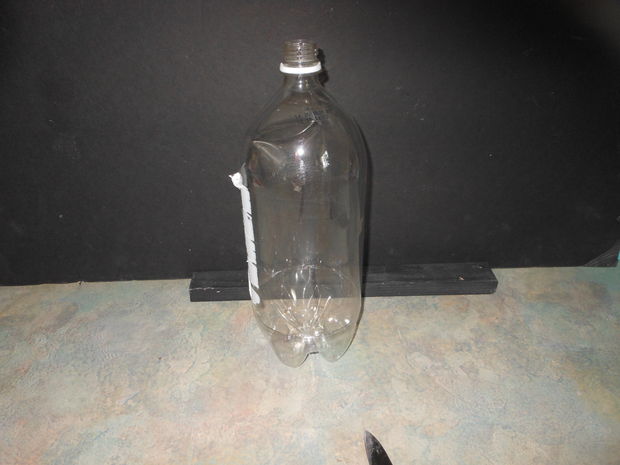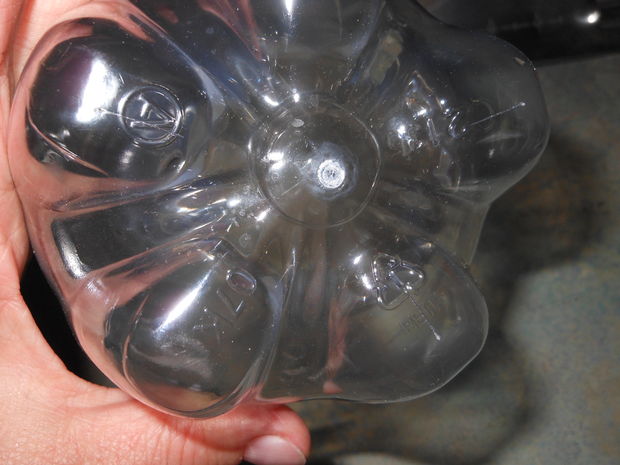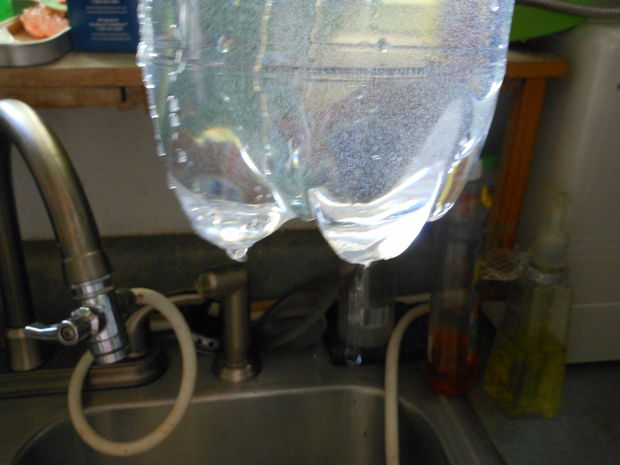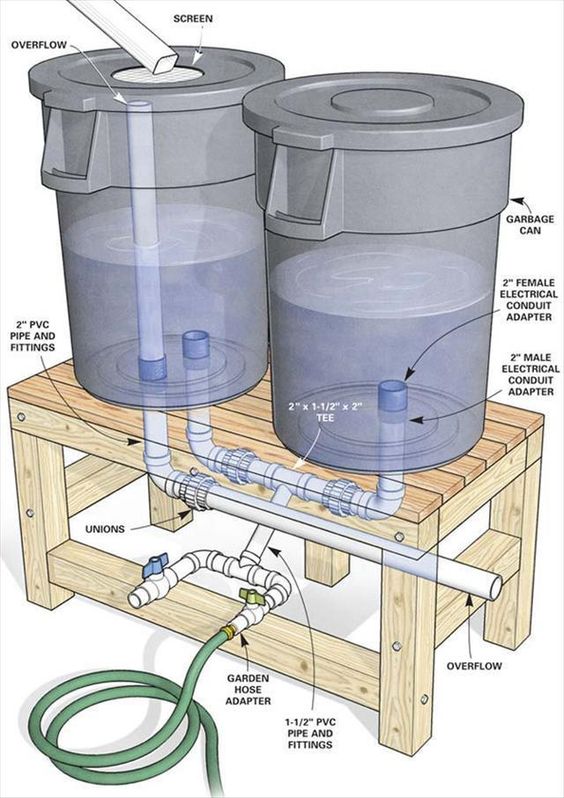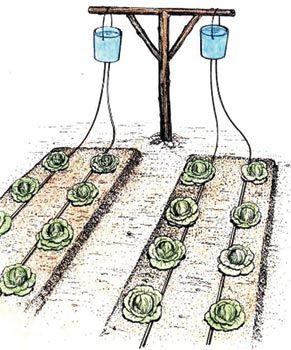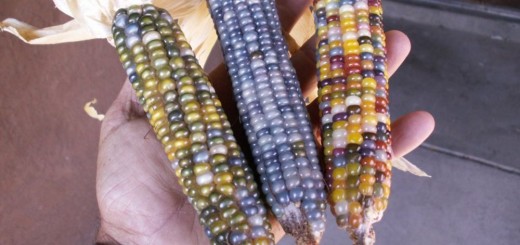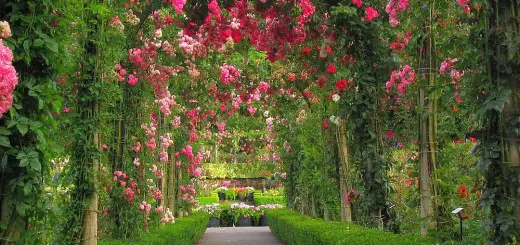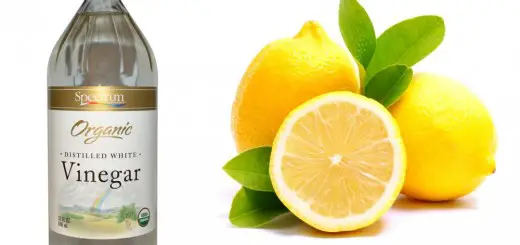DIY Drip Irrigation Systems – Saving Water
In a period in which we are more and more paying attention to natural resources increasingly fewer, the economical use of water in agriculture and gardening is the central part of these efforts to come to the planet’s help. Drip irrigation is done easily using professional systems, but as the human imagination knows no bounds, we offer you some DIY solutions to save money, while you make use of the same effective means of irrigation.
What are the advantages of such systems? First, they eliminate water losses by dosing the volume required during various stages of plant development. Experts say losses decrease by up to 40 percent by turning to such solutions. At the same time, the space between the rows remain dry and thus it doesn’t favor weed growth. Direct watering of the soil without wetting the plants prevents the emergence and multiplication of pests and diseases which ultimately reduces or avoid some chemical treatments which prevent the pollution of crops.
By using the drip irrigation, the soil doesn’t cool as much as when watered by other irrigation technologies which eliminates an important stress the plant usually in the spring when temperatures are still low. Because the plant leaves and stems are dried during drip irrigation, there is no risk of burning plants during irrigation on those very hot days with temperatures above 40 degrees Celsius. Last but not least, this system allows the administration of fertilizers and various treatments during irrigation – by ferti-irrigation (technology of use of fertilizers at the same time with irrigation water) the doses administered are harmoniously balanced with the right level of plants’ need of fertilizers in various stages of growth, stress situations or load peaks.
Of course, DIY solutions are not as effective as the professional ones. But these are solutions that will allow, first of all, to reduce water consumption. A first solution is provided by the specialists of Instructables.com which consists of an ordinary plastic bottle cut at the bottom, filled with water and then partially buried into the ground. By this means, the water is extracted from the ground by the roots of the plant without being wasted on the surface. Another solution, a bit more precise, is to connect a bucket or more to a network of hollow rubber hoses with holes along it matching the place of the vegetable seedlings. It is a solution that goes well with a rainwater collecting system so you can in the end help Mother Nature twice by means of simple and handy solutions. We will let the images below explain these methods.
